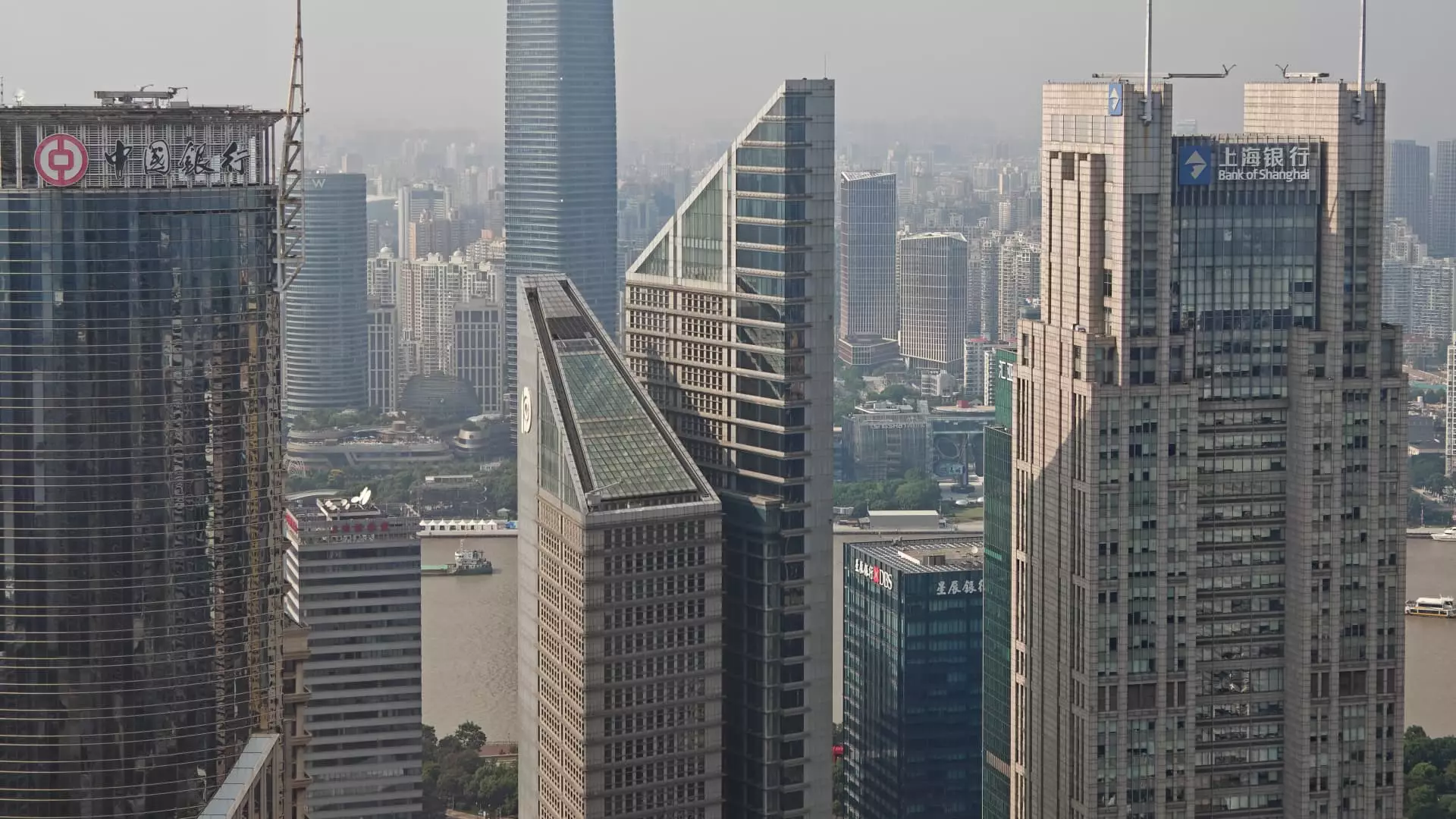For investors keeping a close watch on China’s economic landscape, the prevailing sentiment might seem cautiously optimistic. Yet beneath this veneer lies an unsettling reality: the data suggests that the perceived stability is fragile and potentially deceptive. Recent market movements and policy signals hint at turbulence looming on the horizon, which could redefine the risk-reward calculus significantly. It’s imperative to recognize that despite some recent strength, especially in tech stocks and high-yield financial instruments, the broader macroeconomic vulnerabilities remain unaddressed, with the risk of a sudden downturn lurking just beneath the surface.
Policymaker Inaction and Growing Uncertainty
The core of the current instability stems from policymakers’ apparent reluctance or inability to jump-start growth. After months of subdued economic data and lackluster policy responses, investors are grappling with a crucial question: how much longer can the Chinese government’s cautious approach sustain market confidence? The upcoming Politburo meeting—anticipated to be a key event for policy announcements—has failed to inspire optimism. This lack of decisive action signals a potential continuation of an uncertain environment where growth prospects are tepid, and market sentiment remains vulnerable to shocks. Despite the promising rally in Hong Kong’s tech sector, the mainland’s indices are subdued, reflecting ongoing doubts about the economic trajectory.
Selective Outperformance Masks Systemic Weaknesses
The divergence between the performance of Hong Kong stocks and mainland indices exemplifies the uneven landscape. Tech giants, buoyed by renewed AI optimism, have led the charge, with Hang Seng gaining as much as 20% amid speculative fervor. Conversely, the Shanghai Composite has struggled to register meaningful gains. This disparity underlines an important point: much of the recent enthusiasm is driven by specific sectors and foreign-driven capital flows, which mask the underlying vulnerabilities of key structural segments, such as manufacturing and financials. Investors should be wary of mistaking short-term gains for genuine economic strength, especially when sectors not closely tied to innovation or high-yield assets remain stagnant.
The Illusion of Safe Havens and High-Yield Traps
High-dividend stocks and state-backed financial institutions have become the darlings of tactically minded investors seeking refuge amid uncertain times. While these assets offer the allure of steady income, this approach harbors intrinsic risks. Relying heavily on high-yield equities like PetroChina or banks supported by government backing can easily lead to complacency in the face of mounting systemic risks—potentially culminating in a loss of capital should economic conditions worsen. The British economist John Maynard Keynes once warned about the peril of mistaking liquidity or yield for safety. High dividends can sometimes be a sign of distress, not stability; companies may cut payouts if economic conditions spiral downward.
Market Volatility: The Coming Proxy War
As U.S.-China trade tensions return to the spotlight—with the expiry of tariffs and trade deals looming—the markets are bracing for heightened volatility. Policymakers’ failure to expedite growth measures and resolve ongoing trade disputes suggest the possibility of a renewed trade confederation storm, which could destabilize markets unexpectedly. But for the center-right investor, this scenario underscores a vital truth: the world’s financial system is increasingly intertwined, and external shocks—such as policy missteps or geopolitical crises—can trigger rapid declines, especially for assets that appear resilient today. Defensive positioning becomes paramount—not simply for preservation, but for strategic advantage when traditional growth catalysts falter.
The Danger of Nostalgic Optimism and Overreliance on Foreign Capital
Finally, it’s troubling to observe how many investors remain captivated by promising narratives of China’s ascent—fueling inflows into high-tech and high-yield sectors—without appreciating the full scope of inherent risks. Mainland investors, entering via Hong Kong-listed stocks, are increasingly seeking higher returns amid domestic restrictions—a trend that could backfire if the Chinese government tightens controls further or growth stalls. Meanwhile, global investors continue to treat U.S. markets as the safest harbor, leaving Chinese assets vulnerable to sudden reversals if the geopolitical or economic landscape shifts unexpectedly. This reliance on optimistic assumptions about China’s future stability is a dangerous game, especially when real economic fundamentals paint a less reassuring picture.
In this evolving environment, the prudent investor sees through the illusion of calm and recognizes that danger often resides not in obvious crises, but in the understated, slowly brewing risks that threaten to upend expectations in the most disruptive manner.

